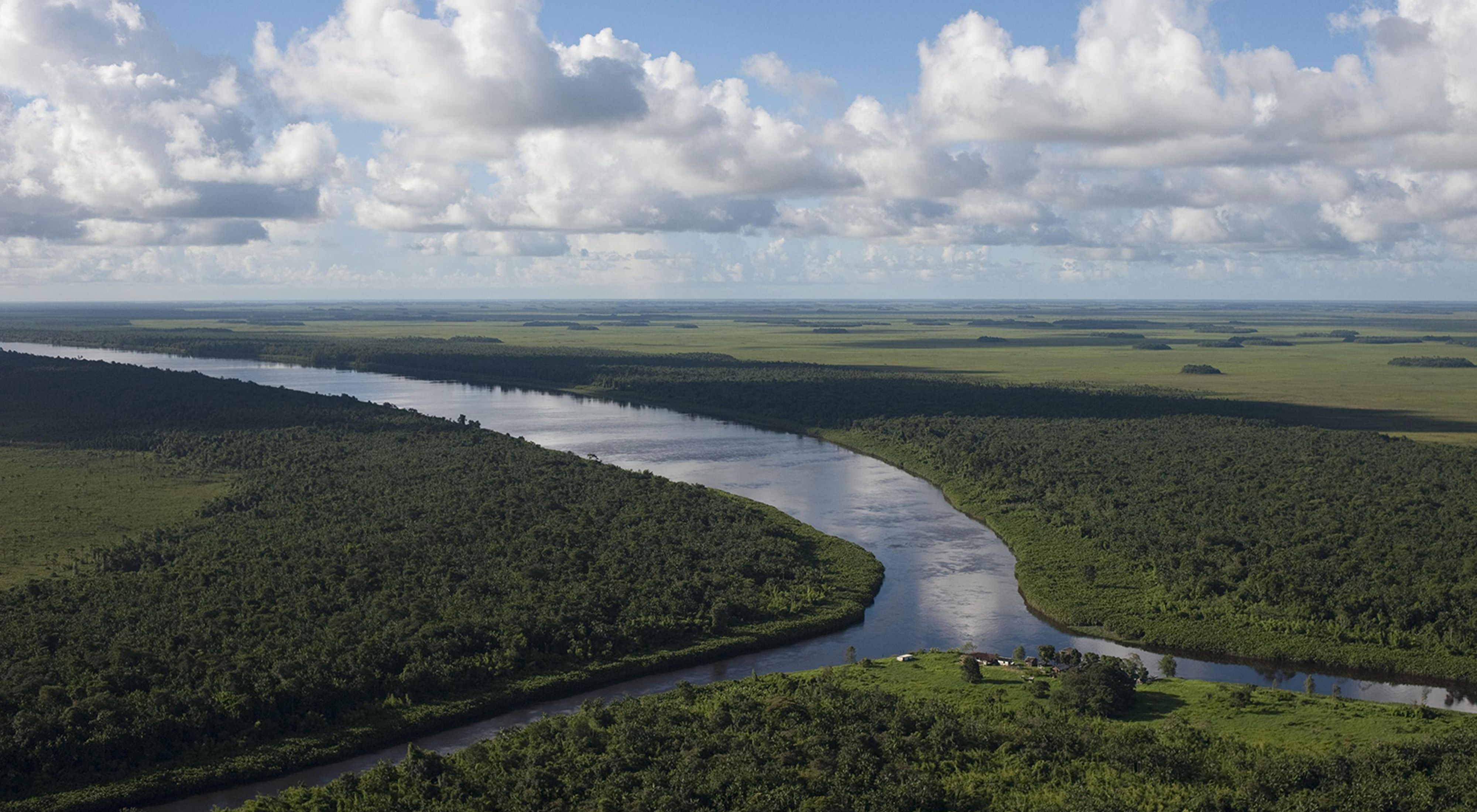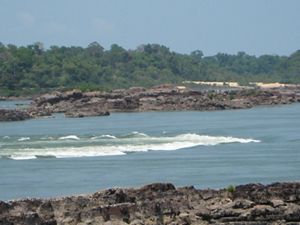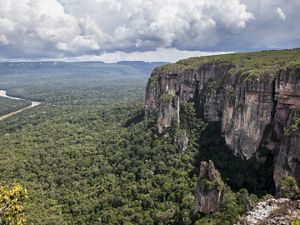An Assessment of Territorial Planning
Findings and Recommendations for Addressing Large-Scale Infrastructure Development in the Amazon
October 2018
Downloads
Large-scale infrastructure development threatens to transform the Amazon, with up to $70 billion in planned project investments by 2020. Transportation, energy and mining projects are among the top threats. This infrastructure development could lead to the loss of half of the remaining Amazonian forest and cause social and cultural impacts associated with in-migration, weakening of local governance and rights, and reduced access to natural resources.
There is growing recognition that infrastructure development must change in Latin America, and especially in the Amazon. The aim is to move beyond sector and national economic goals to a more integrated and inclusive development model that improves participation, transparency, and environmental and social considerations. Drivers for the sustainable infrastructure movement include the need to close the infrastructure investment gap, break the long cycle of infrastructure project-related conflicts, and meet national commitments for climate, forests, biodiversity, the rights of indigenous peoples and sustainable development.
A territorial approach for the Amazon envisions integrated territorial development that supports local priorities, rights and ways of life. To advance this vision, territorial planning considers socio-economic, cultural, and environmental conditions and priorities in a territory, with the objective of informing decisions for sustainable development, land-use, natural resource management and conservation. Territorial plans have the potential to improve infrastructure development in the Amazon by guiding decision-making in ways that support multiple objectives and interests and address risks and impacts.
PURPOSE, SCOPE AND METHODS
This study assesses the effectiveness of territorial planning in addressing infrastructure threats and makes recommendations for how these plans can have a greater influence on infrastructure development in the Amazon. We focused on the following set of territorial planning instruments: Economic and Environmental Zoning, Regional and Local Territorial Plans, Regional/Sustainable Development Plans, Strategic Environmental Assessments, Watershed Management and Water Resources Plans, Hydropower Inventory Planning, and Indigenous planning tools. The scope of the study centered on Brazil and Peru, including case studies for the Tapajós Basin of Brazil and the Marañón Basin of Peru. Our methods included literature and policy reviews, stakeholder interviews, surveys, and workshops in the Tapajós and Marañón Basins.
FINDINGS
Our assessment found that territorial planning instruments have had limited influence on infrastructure development in the Amazon. We identified the following key challenges:
1. Lack of legal mandates and insufficient political will
- Territorial plans lack legal requirements for their development and use.
- National government and industry and financial sector interests continue to play the dominant role in determining large-scale infrastructure development, overriding local priorities reflected in territorial plans.
- Implementation of territorial plans is often hampered by a lack of stakeholder buy-in, budget, and mechanisms for monitoring, enforcement, and conflict resolution.
2. Constraints due to limited resources, capacity, and information
- Lack of budget and technical staff limit the execution of planning processes, which need to extend across large remote and inaccessible areas.
- Information to support territorial plans is often unclear, unavailable, outdated, or difficult to collect, including information on land tenure, natural resource uses, and conservation values.
3. Insufficient integration with other planning processes
- Territorial plans are often developed in isolation from other planning processes. They are disconnected “vertically” from plans at other jurisdictional scales and “horizontally” from other plans relevant to territorial development. This limits buy-in, implementation, and the “shelf life” of territorial plans.
- Local communities are often not invited or do not have the resources to participate in other planning processes, especially at the provincial and regional government levels, leaving them feeling disengaged, and the plans incomplete.
- Challenges for integrating planning processes are exacerbated by frequent turnover in elected officials.
- Failures in the integration of planning processes lead to conflicting and competing plans and actions, with adverse socio-environmental consequences.
RECOMMENDATIONS
Given the challenges for territorial planning and the urgency of infrastructure threats in the Amazon, we recommend advancing territorial priorities by engaging directly in the infrastructure development cycle to drive reforms within it. This requires: (i) identifying strategic entry points for influencing infrastructure processes and decision-making; (ii) developing the necessary information, constituencies, and coalitions to support territorial priorities; and (iii) aligning these efforts with the broader principles and movement for sustainable infrastructure. We make three recommendations:
1. Engage directly in infrastructure planning processes to advance territorial priorities and drive reforms within these processes.
We provide a framework with the following three components to support strategies for addressing infrastructure threats in the Amazon.
- Target the appropriate scale and infrastructure planning process.
- Identify policy and planning mechanisms to influence infrastructure decision-making.
- Develop technical inputs and stakeholder engagement strategies.
2. Strengthen the design and effectiveness of territorial plans for influencing infrastructure planning and decisionmaking.
We highlight three areas for improving territorial plans.
- Develop territorial plans to be actionable, within the context of the territory’s political and economic drivers.
- Ensure that territorial plans have the necessary content to inform infrastructure planning processes.
- Improve the integration of territorial planning with other planning processes.
3. Advance a territorial approach for the Amazon as part of the broader movement for sustainable infrastructure and inclusive economic growth.
We identify key actions for aligning the sustainable infrastructure agenda with a territorial approach for the Amazon.
- Build the case for a territorial approach with the private sector and government, focusing on how it adds value and lowers costs.
- Strengthen institutional support for a territorial approach by engaging government ministries responsible for infrastructure development.
- Improve regulations and financing requirements for sustainable infrastructure across the infrastructure project cycle.



